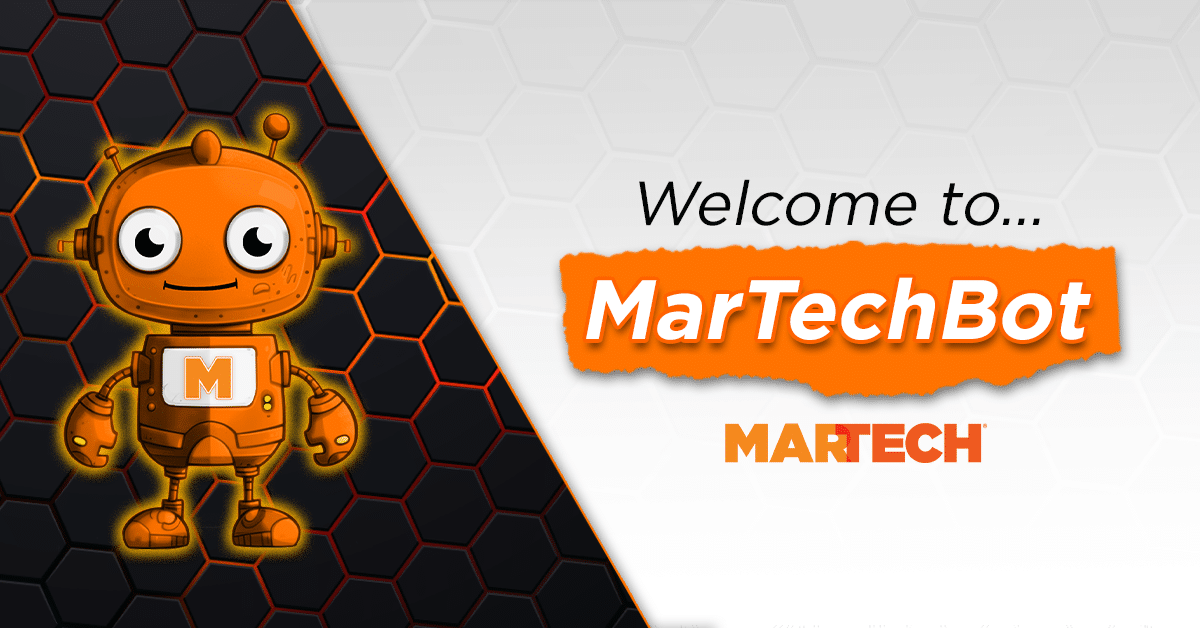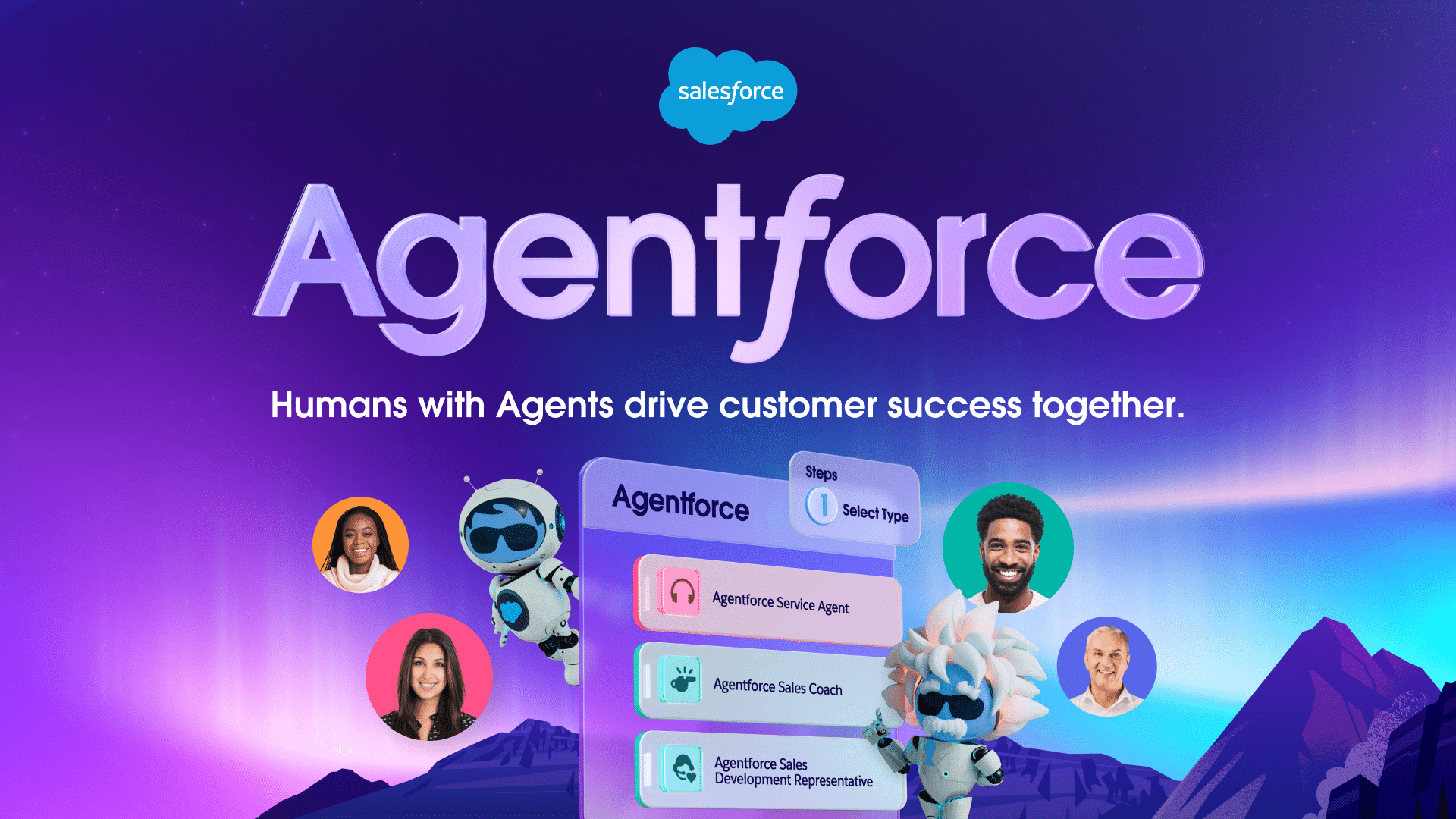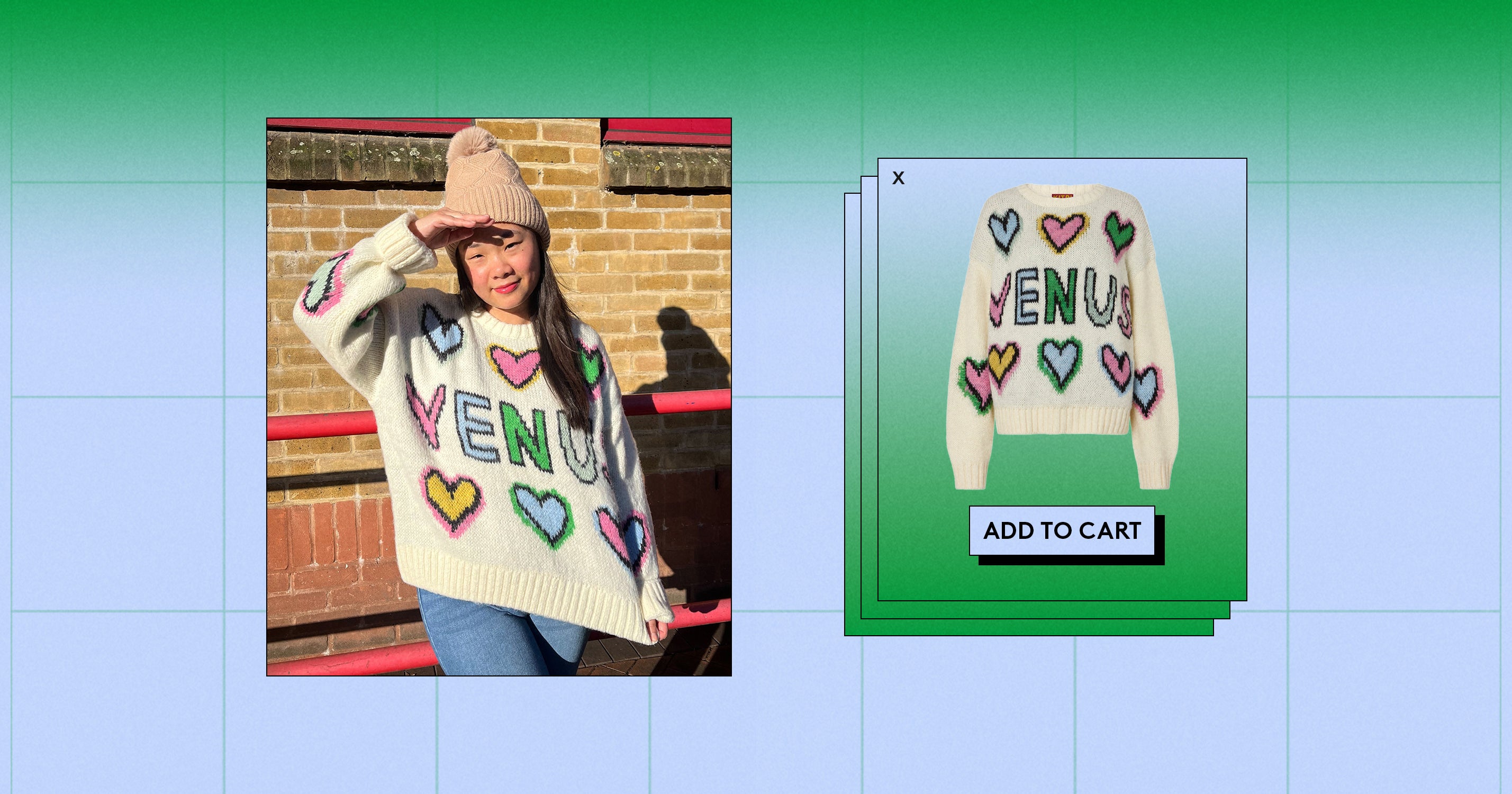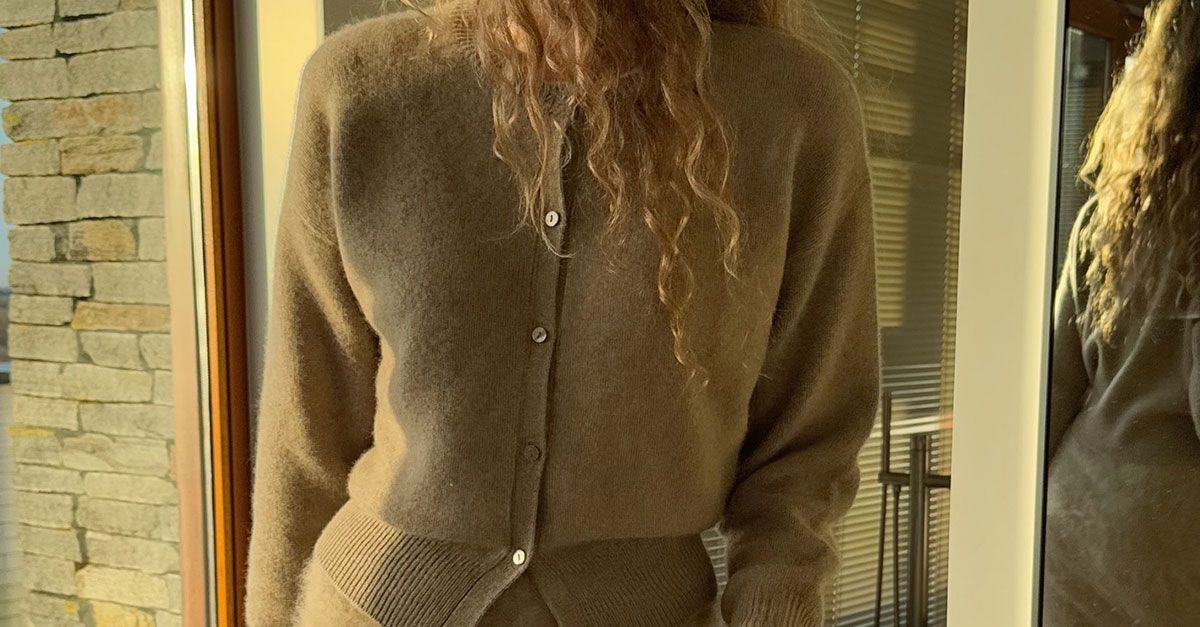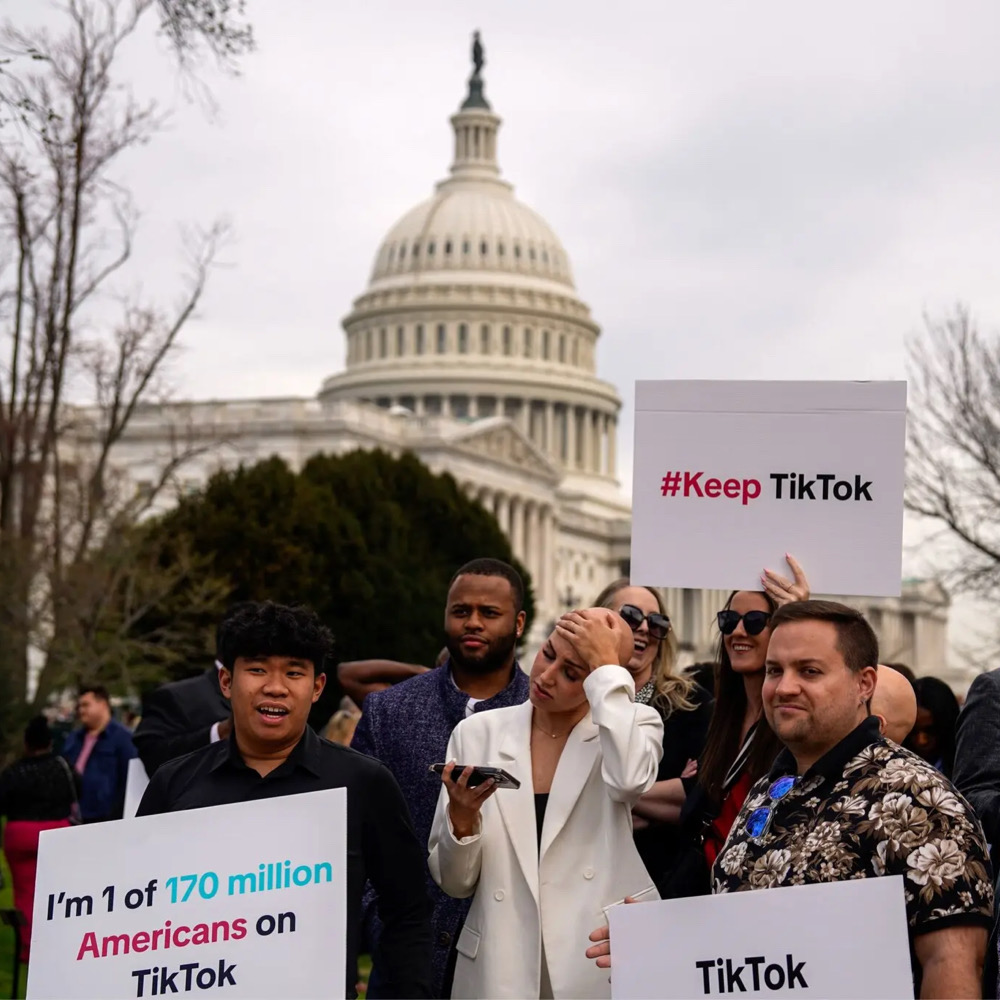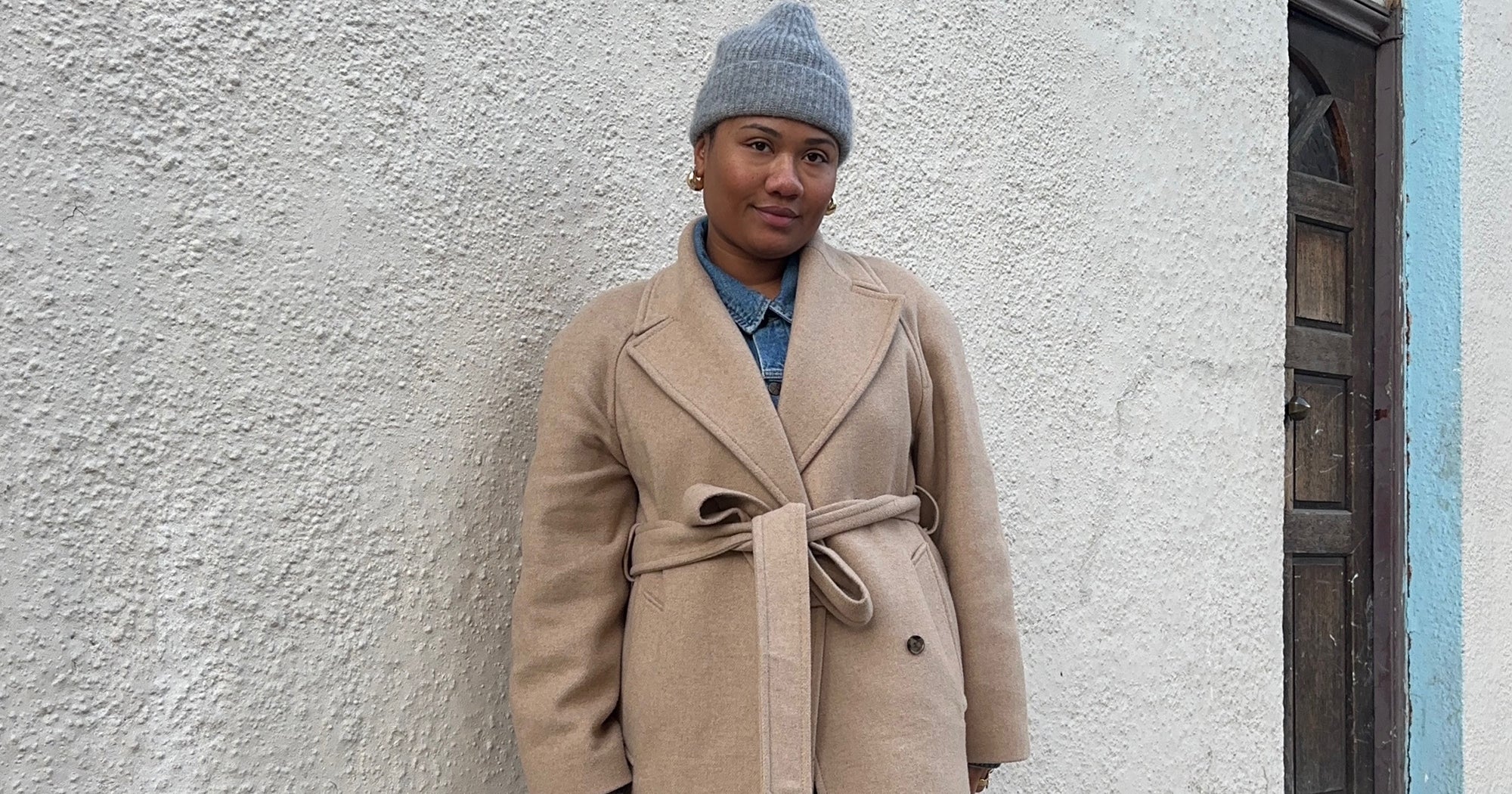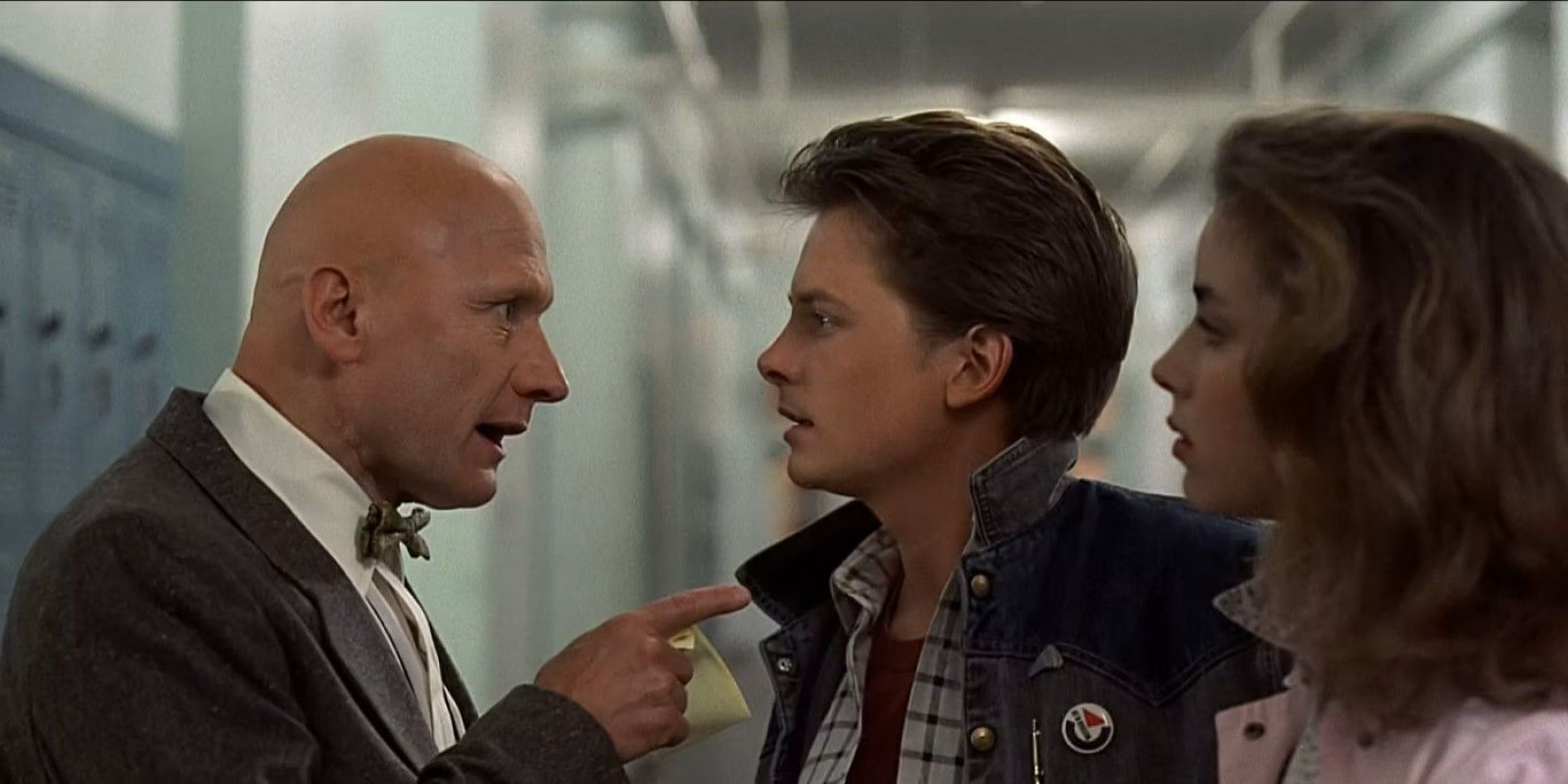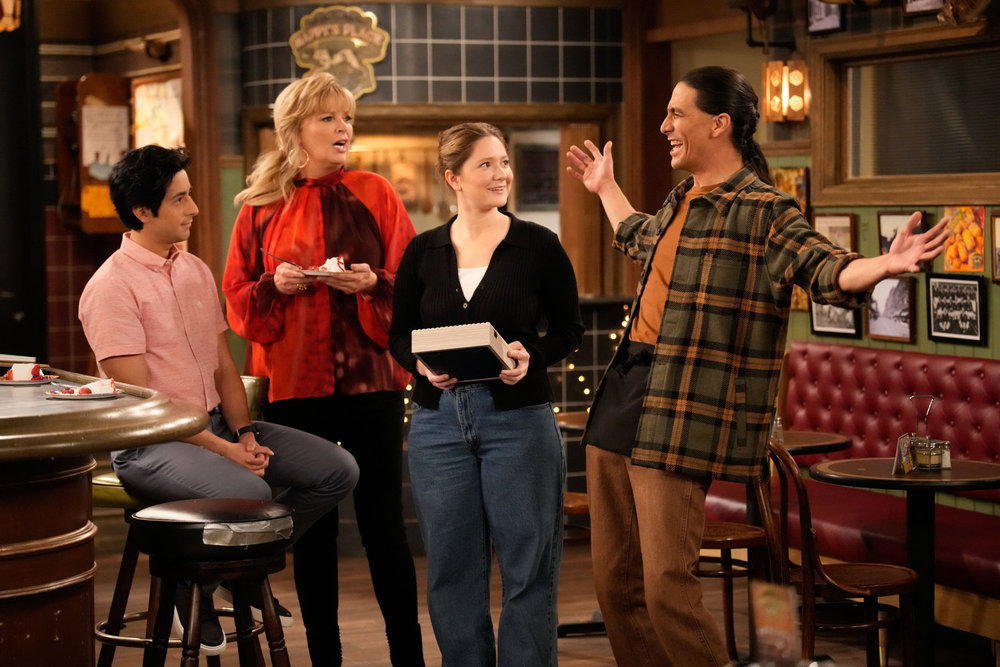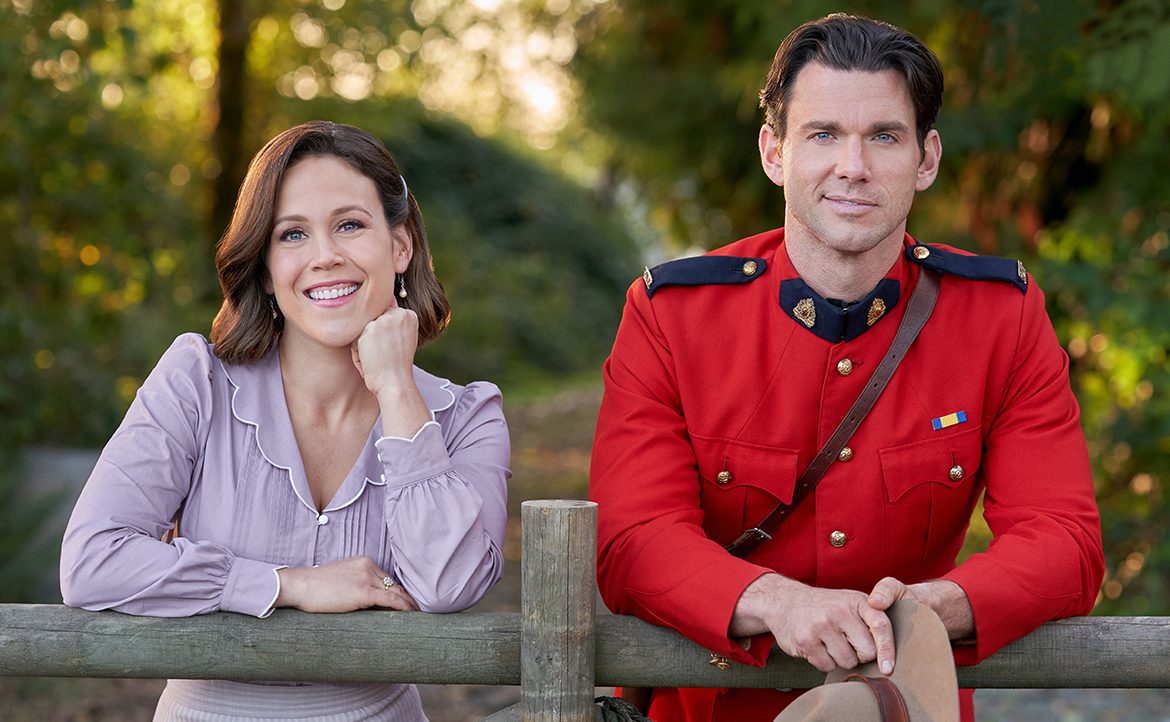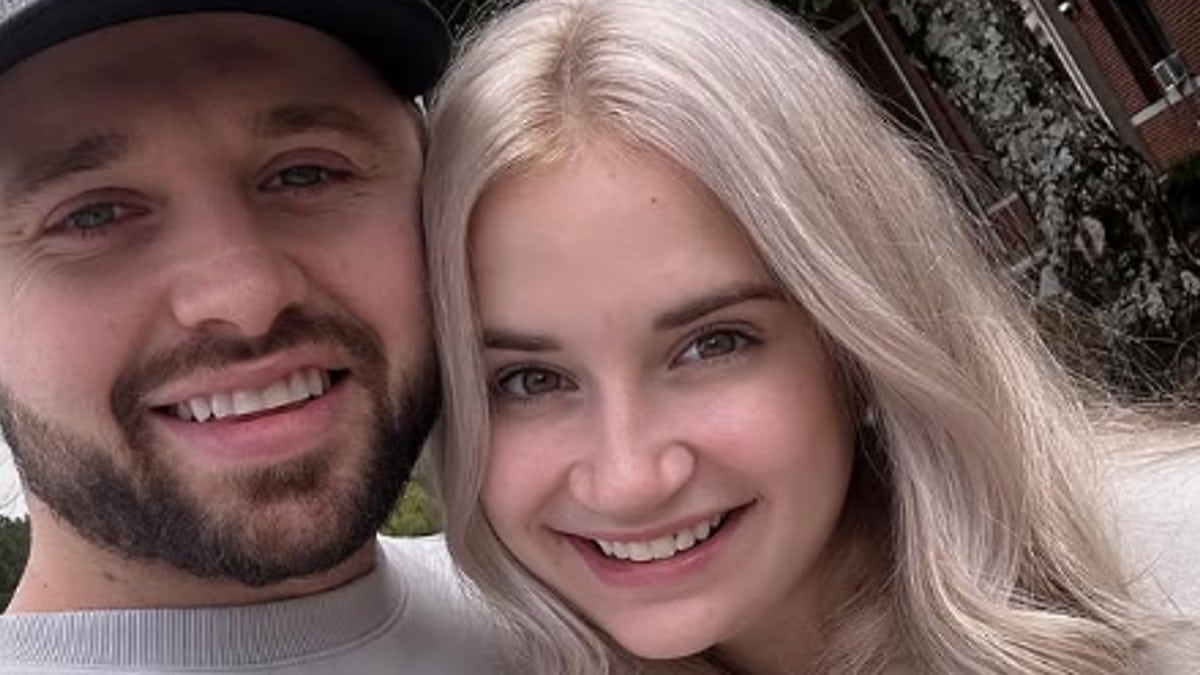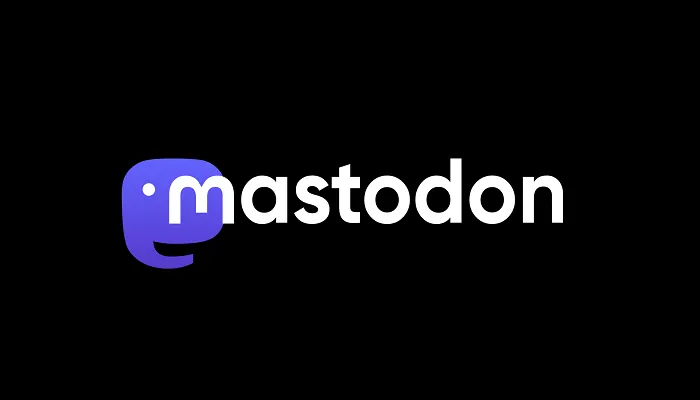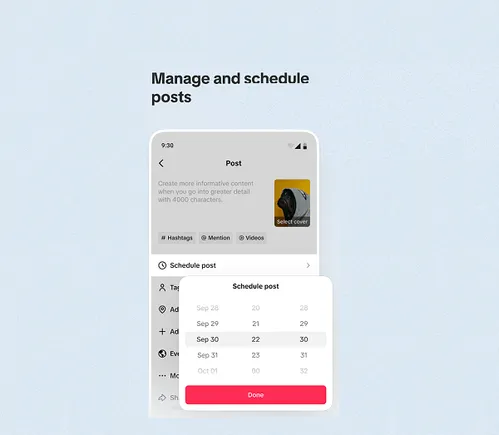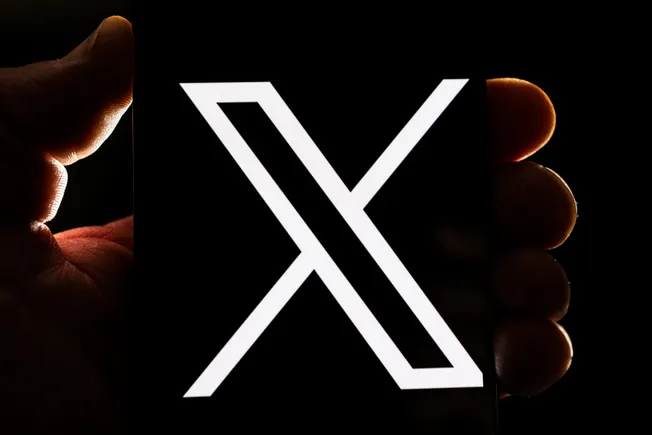In this series, we dig deeper into the stories of our expert contributors. This interview has been edited for clarity and length.
Lisa Peyton is an immersive media strategist and media psychologist with experience in virtual worlds going back to Second Life, where she was a talent recruiter and also a publisher. Lisa is a frequent contributor to MarTech, as well as a speaker at The MarTech Conference. She teaches immersive and strategic communications at the University of Oregon.
Q: What were your first experiences in digital communities and virtual worlds?
A: I got started with technical chatroom communities in AOL, as I think many of us did. That was maybe the first online community tool that we had available to us. I was so drawn to that. And now looking back with more self-awareness, I had a lot of social anxiety and I tended to be very shy in social situations. So I was really drawn to this idea of a safe place to network at home. And I think that same benefit is one of the reasons why I was drawn to virtual, too.
I could be very self-expressive on there, in a safe way for me, but also have the connection I was craving. That has driven my entire career — not my social anxiety, which I feel like I’ve tackled over the years and have been able to manage. But this idea of connection through technology — it’s so powerful. And it was such a powerful tool early on, whether it was in an AOL chatroom, chatting live with a friend who lived in Tunisia, or being on a virtual beach with my staff of 20 people around the world at SL Entrepreneur Magazine.
Q: What was different about virtual worlds at that time?
A: Right now, we’re having this inflection point around 3D spaces and the metaverse. It has really become “a thing” finally. Back then, in 2006, it was very fringe. Brands dipped their toe, they got burned. A lot of them pulled out. But now, that’s all changing. It’s been so exciting to see the success now that brands are having and to see their work flourish.
Second Life was about taking on another persona, probably for the same psychological reasons as anonymity on AOL. They maybe didn’t want to show parts of themselves. But because there was that anonymity, they were able to open up so much more. You meet somebody on Second Life and before you know it, their life story is out on the table. It’s very interesting and nuanced. And I think that also just draws me in — the psychological perspective of what these platforms offer. They’re rich for self-discovery and discovery of other people’s psychology, and understanding of humanity.
Q: When did you begin to think about virtual communities like Second Life as a place for business opportunities?
A: I knew immediately. The reason why I got into Second Life was because a company I was working for, a recruiting firm, wanted me to set up a 3D virtual recruiting office. I was recruiting for apparel footwear designers. It was actually a really interesting fit because people were in Second Life building all sorts of cool 3D worlds and designs. They were experimenting for the first time with 3D content. So there were a lot of artists and creators there — people Nike would want to hire, for example.
Q: So you were already into marketing and brands when you got into Second Life. Where did your interest in marketing begin?
A: I started off building websites. That’s what hooked me in. I’ve always been a creator. I thought, maybe I can make a living building websites. Why not? I got a multimedia certificate and learned how to build websites and made a really good career off of that.
Q: How did you build up your publication in Second Life?
A: It took a lot of time to build up our staff at SL Entrepreneur. There were publications on Second Life that were covering the biggest builds on the platform. Understanding where people were was important. There were like-minded people who gathered in groups, so I’d join the writers’ group or an educators’ group. That was one of the ways you could get the ball rolling. People were so passionate about it, especially writers. They were eager to write for me and get their stuff seen. Once readers started going to the site, the community grew from there. Then it became much easier — people would approach me to get involved.
Q: Were there brands on Second Life? What news would you cover?
A: There were big brands like IBM and others that had a presence, and we would report on that. But the brands that found success were these smaller, indie companies that were making millions of dollars selling their Second Life clothing. That was happening back then.
I had a friend that was operating a very thriving store in SL. Then she put my kiosk up in her virtual store, and she was a huge supporter of my publication. In that way, we had real local indie in-world business people that I was partnering with. And they would also advertise on my site. I think that was a big part of what kept me credible. If I had IBM or Intel come in as a sponsor that would have ruined the indie vibe that was so valuable to this community.
Q: How did you get into education?
A: I got into teaching, first, with fitness — spinning and pilates. Ironically, right around the same time I was getting into SL. This was right around 2000. I was taking a class and I thought “I could teach this class better than the instructor.” I’ve been teaching fitness ever since — I still teach five online classes a week.
I knew I wanted to bring teaching into my digital marketing work. I know it sounds corny, but I think the reason why I’m on this planet is to teach. I love it. And so I wanted to be able to teach around digital marketing. There was a great digital program at Portland State University, and I stalked all the instructors in the program and became a huge groupie. I audited all the classes in the program. And eventually, they gave me a teaching gig within the program. And I taught there for seven years, and that started it.
Q: Good for you for taking the initiative.
A: I was going for it, and it all worked out. [Laughs]
Q: Do you see students who also have that drive? What are the traits that make good digital marketers?
A: One thing that’s really rewarding about being a teacher is that every term I’ll have a handful of those students who are bright shining stars that are eager, open and ready to go. And it’s so fun to launch them off into the world and see what they’re going to do. More and more, I’m getting students that are really lit up by immersive. Getting a student who didn’t know this stuff existed — these are the kinds of students I’m getting now in the master’s program. It’s really exciting.
Q: What’s the master’s program like?
A: University of Oregon launched an Immersive Media Communications masters program — a one-year online program. It’s two tracks. You can either be a strategist, like me. Or you can be a builder. So if you want to build immersive content, awesome, there’s a huge need for that. There’s also a huge need for the strategy side. If you’re not technical, it’s OK if you’re more of a communications strategist.
Q: What’s included under “immersive” today?
A: That’s the hardball question of the time. You ask 10 different professionals, you’ll probably get 10 different answers. But I like to have a very broad tent when I think of immersive. Anything that engages the audience, that takes them from being a passive participant to an active participant, I think for me that’s what it is. So it’s XR, it’s interactivity, engagement, co-creation. As long as they’re not passively watching something, and they’re actively participating, then I think that counts as immersive in my book.
Q: What about social media?
A: Would you call AOL immersive? Yeah! I spent hours on there. I was immersed. And I barely ate, some of those nights. Even though it was 2D, it was very immersive. But is social media immersive? I think it depends. I think there are plenty of people out there that are passively consuming social. And there are a lot of lurkers who just scroll through the feed. I don’t know, that’s probably more mind-numbing than mind-activating, but that might be a judgment. Is doom-scrolling interactive? I would say, not really. For immersive, you want to get somebody engaging — more than just scrolling.
Q: Where do you see the role of AI in immersive?
A: There are really amazing things that come from these AI capabilities in the way we’re using it in marketing and in creativity. Do we need to use them ethically? Yes. Do we need to understand the ins and outs of them? Yes. The key message I have for marketers around this is: Get involved and start using the tools. You have to get in there and do it, because that’s the best way to learn about them.
For the immersive space, even back in 2006 in Second Life, they had AI avatars back then. AI avatars aren’t new, they’ve been around for a long time. So we’re still in this very early phase. And the way that AI is really helping XR is that it is democratizing 3D content in the way WordPress or Wix democratized websites. That is the beauty of it — anybody can go in there now and be a 3D content creator and create their own 3D world. It can be anything you want. In my metaverse manifesto, I laid out how I want the metaverse to be — interoperable, open to everyone. Accessible and free, and not just some walled garden where you have to have a wallet for access. I think AI is going to help get us to a place where we have that aspirational vision of the metaverse, and I’m thrilled about that.
Dig deeper: Manifesto for the makers of the metaverse
function getCookie(cname) {
let name = cname + “=”;
let decodedCookie = decodeURIComponent(document.cookie);
let ca = decodedCookie.split(‘;’);
for(let i = 0; i <ca.length; i++) {
let c = ca[i];
while (c.charAt(0) == ' ') {
c = c.substring(1);
}
if (c.indexOf(name) == 0) {
return c.substring(name.length, c.length);
}
}
return "";
}
document.getElementById('munchkinCookieInline').value = getCookie('_mkto_trk');
The post Lisa Peyton: Spotlight on the expert appeared first on MarTech.















